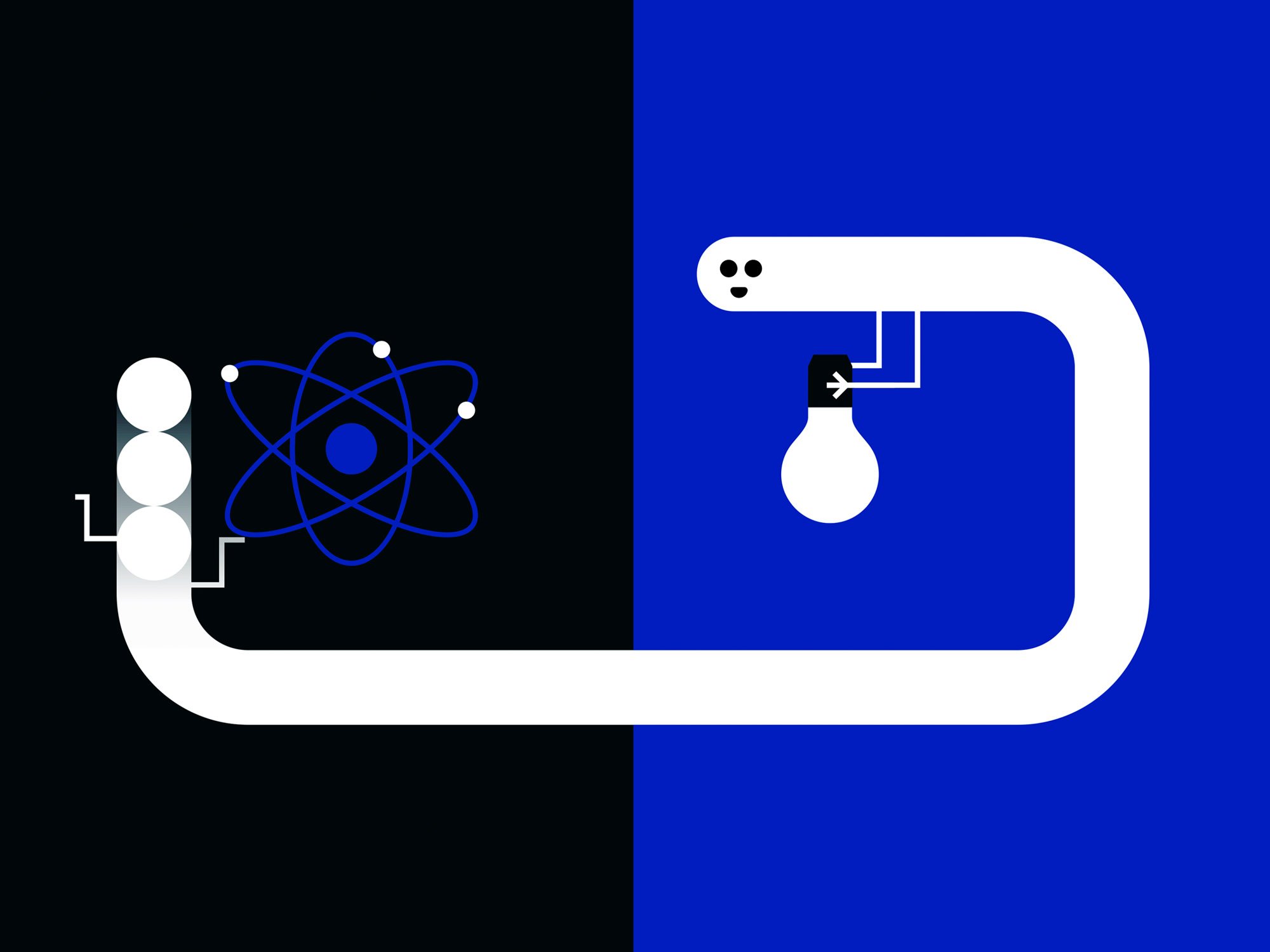At a Glance
- Researchers used modern technology, including drones and 3D modeling, to reexamine the Roman siege of Masada, challenging the long-held belief that it lasted three years.
- The study revealed that the siege likely lasted only a few weeks, based on calculations of construction time for the Roman siege system and the amount of earth and stone moved by soldiers.
- Drone- and remote-sensing-captured high-resolution data of Masada’s surroundings allowed researchers to analyze Roman siege tactics and infrastructure in greater detail.
- The 3D model of the siege system helped determine that the Romans completed their preparations in about two weeks, aligning with historical accounts of a swift and brutal attack.
- The findings challenge traditional views of the siege’s duration and highlight the importance of using modern technology to reassess historical events, raising new questions. They also raise motives for capturing the fortress.
Researchers from Tel Aviv University have used modern technology to reexamine the Roman siege of Masada, challenging long-standing myths about the event. The study, published in the Journal of Roman Archaeology, utilized drones, remote sensing, and 3D digital modeling to analyze the Roman siege system at the ancient site. This research offers new insights into the duration and scale of the siege, revealing that it lasted only a few weeks, contrary to the previously believed three-year duration.
Dr. Guy Stiebel led the study from the Sonia & Marco Nadler Institute of Archaeology, with collaboration from Dr. Hai Ashkenazi, Boaz Gross, and Omer Ze’evi-Berger. Their team focused on understanding the Roman siege tactics and infrastructure by gathering high-resolution data on Masada’s surroundings. They used drones and sensors to capture detailed measurements of the siege system, including its walls and camps.
The researchers built a 3D model of the siege system to calculate the volume and construction time of the structures. Dr. Ashkenazi noted that by estimating how much earth and stone a Roman soldier could move daily and considering the number of soldiers involved, they determined that the entire siege system was built in about two weeks. This quick construction timeframe aligns with historical accounts that suggest the Romans launched a swift and brutal attack on Masada.
Dr. Stiebel highlighted that this new analysis contradicts the traditional view of the siege’s length and emphasizes the importance of using modern techniques to reassess historical events. While the updated timeline offers a more accurate picture of the siege, it also raises new questions about why the Romans invested so much effort in capturing this remote fortress. The study sets the stage for further exploration and provides a clearer understanding of this significant historical event.
References
- Tel-Aviv University. (2024, September 5). The Roman siege of Masada lasted just a few weeks, not several years, say archaeologists. Phys.Org; Tel-Aviv University. https://phys.org/news/2024-09-roman-siege-masada-weeks-years.html
- Ashkenazi, H., Ze’evi-Berger, O., Gross, B., & Stiebel, G. D. (2024). The Roman siege system of Masada: A 3D computerized analysis of a conflict landscape. Journal of Roman Archaeology, 1–26. https://doi.org/10.1017/S1047759424000084











